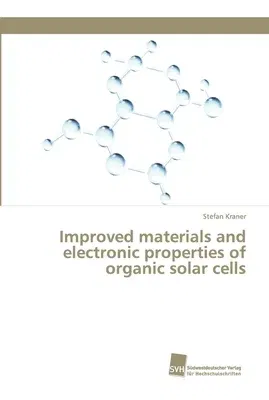Stefan Kraner
(Author)Improved materials and electronic properties of organic solar cellsPaperback, 5 September 2017

Qty
1
Turbo
Ships in 2 - 3 days
In Stock
Free Delivery
Cash on Delivery
15 Days
Free Returns
Secure Checkout
Print Length
152 pages
Language
English
Publisher
Sudwestdeutscher Verlag Fur Hochschulschriften AG
Date Published
5 Sep 2017
ISBN-10
6202320249
ISBN-13
9786202320245
Description
Product Details
Author:
Book Format:
Paperback
Country of Origin:
US
Date Published:
5 September 2017
Dimensions:
22.86 x
15.24 x
0.89 cm
ISBN-10:
6202320249
ISBN-13:
9786202320245
Language:
English
Pages:
152
Weight:
231.33 gm

